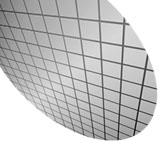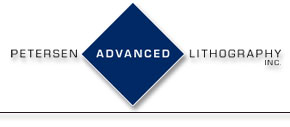


 |
 |
 |
 |
 |
 |
 |
Advanced lithographers around the world are demonstrating how to make optical lithography meet our immediate and future needs for sub-wavelength imaging.
Historically, strategies such as shrinking the exposure wavelength, increasing
the numerical aperture of the exposure tool, and increasing partial coherence
made it possible to image features that were slightly smaller than the
wavelength, especially when using resists carefully tuned to provide the
largest possible processing tolerance. These led the industry to 193 nm
wavelength, numerical apertures greater than 0.6 and partial coherence
of 0.85.
More
recently, additional resolution enhancement techniques such as off-axis
illumination, phase-shift masks and optical proximity correction (OPC)
have been added to our lithography toolbox. Though these enhancement
tools have not been widely implemented because of costs, improvements
in imaging simulation programs and circuit layout software now permit
greater use of these techniques.
Image process integration (IPI) takes a system-wide approach to circuit layout, mask patterning, exposure tool setup, resist, substrate, and pattern transfer. Applied IPI will be necessary if optical extension is to sustain the semiconductor industry until next generation lithography is ready. Petersen Advanced Lithography helps your company use image process integration techniques by developing a customized Integrated Imaging System (IIS).
|
© 2003 Petersen Advanced Lithography, Inc. |